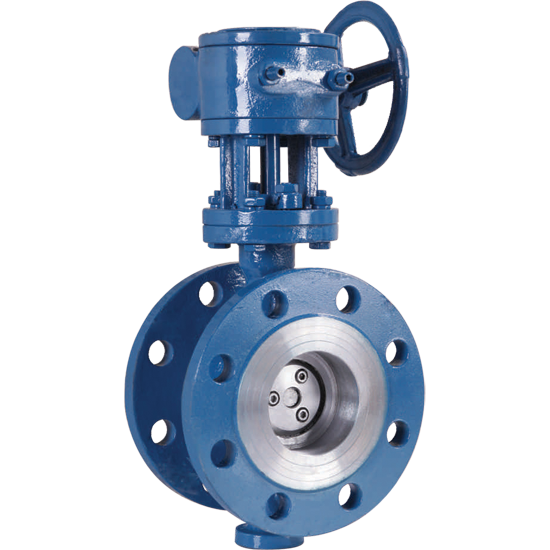single swing check valve
Understanding Single Swing Check Valves Function and Applications
A single swing check valve is a vital component in many fluid handling systems, designed to prevent backflow and ensure unidirectional flow within pipelines. Its simple yet effective design plays a crucial role in various applications, from water distribution to industrial processes. In this article, we will explore the structure, operation, benefits, and common applications of single swing check valves.
Structure and Operation
The single swing check valve typically features a disc mounted on a hinge, which allows the disc to swing open in the direction of the flow. When the flow reverses, the disc swings back to a closed position, effectively blocking reverse flow. The valve is typically constructed from materials such as cast iron, stainless steel, or plastic, depending on the application and fluid type.
The design of the single swing check valve involves a minimal number of moving parts, which contributes to its reliability and ease of maintenance. The valve operates based on the differential pressure across the disc. When the pressure on the inlet side exceeds that on the outlet side, the disc opens, allowing flow through. Once the pressure decreases or reverses, the disc swings back to a closed position, sealing the valve.
Benefits of Single Swing Check Valves
Single swing check valves are favored for several reasons
1. Simplicity and Reliability With fewer components, these valves are less likely to fail compared to more complex designs. The straightforward mechanism allows for dependable operation.
single swing check valve

3. Versatility These valves can be used in various applications, accommodating different types of fluids, including water, oil, and chemicals.
4. Cost-Effectiveness Their simple design also makes them more affordable both in terms of initial investment and maintenance requirements.
Common Applications
Single swing check valves are widely used across multiple industries. Some of the most common applications include
- Water Supply Systems They are often employed in municipal water systems to prevent backflow, ensuring clean water is delivered to consumers and protecting the water supply integrity.
- Wastewater Treatment In sewage systems and treatment plants, these valves help manage flow and prevent contamination.
- Industrial Processes Manufacturing and processing facilities utilize single swing check valves in their piping systems to control fluid flow and avoid backpressure that could disrupt operations.
- HVAC Systems In heating, ventilation, and air conditioning systems, these valves prevent backflow in chilled and hot water systems, enhancing efficiency.
In conclusion, single swing check valves are essential for ensuring efficient and reliable fluid management in various systems. Their simple operation, low maintenance needs, and versatility make them a popular choice for engineers and designers when selecting valve solutions for a multitude of applications. Understanding their function and benefits is crucial for anyone involved in fluid system design and management, ensuring effective prevention of backflow and maintaining system integrity.
-
The Key to Fluid Control: Exploring the Advantages of Ball Valves in Industrial SystemsNewsJul.09,2025
-
The Versatile World of 1, 2, and 3 Piece Ball ValvesNewsJul.09,2025
-
Stainless Steel Ball Valves: The Ideal Choice for Efficient Flow ControlNewsJul.09,2025
-
Optimizing Fluid Control with Ball Float ValvesNewsJul.09,2025
-
Manual Gate Valves: Essential for Control and EfficiencyNewsJul.09,2025
-
Everything You Need to Know About Butterfly ValvesNewsJul.09,2025
-
The Versatility of Wafer Type Butterfly ValvesNewsJul.08,2025




